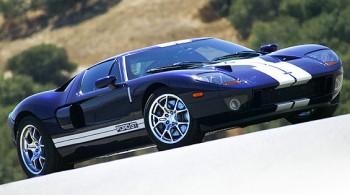
Ford’s 11,000 cars sold highlights potential of mobile advertising
As smartphone and tablet users, we spend a lot of our time trying to avoid the display ads that often crowd our mobile screens. Just look at the recent stir that was caused when Amazon revealed that all new members of the Kindle Fire family of tablets would feature “special offers” as a default part of the user experience. For the retailer, the built-in display ads are a means of subsidizing tablet pricing. For the consumer, they can be a real nuisance.
Taking our inherent dislike of mobile advertising into account, it is easy to see how one might write off display ads in apps and on the mobile web as inefficient and unsuccessful. But consider a figure provided by Ford: for Q1 of this year, the auto maker says the sale of some 11,000 cars can be traced directly to the influence of ads within a smartphone browser. The number is a mere fraction of the total number of cars Ford sold in Q1, and even if the figure remained steady for the remainder of the year it would only account for a drop in the proverbial bucket, but it highlights the potential of mobile ads, specifically highly targeted ads.
Simon Wajcenberg, CEO of Clash Group, sese the mobile device as a means of consolidating the research that normally goes into purchasing a new car. Typically, a TV commercial would get a potential buyer interested in a specific model of car. That potential buyer would head to the internet to research the car. The buyer would then likely phone local dealerships to get a better idea of what was available.
With targeted smartphone ads, the entire process can center on a single device. In the case of Ford, ads geared towards males were placed on mobile sites such as ESPN. Once the seed is planted, a consumer can research vehicles directly on their phone and dial out to dealerships just as easily. Better yet, they can locate a dealership on Google Maps and drive over to see the car in person.
Most have a misconception that display ads are not succeeding if users are not clicking on them to be redirected to sponsored content. This model may work for lower value items, but the example of Ford demonstrates how display ads can work to push big-ticket purchases as well. It’s a definitive shift in the way consumers conduct their shopping. 11,000 cars might not seem like much, but that’s 11,000 cars that may not have been sold 10 years ago.